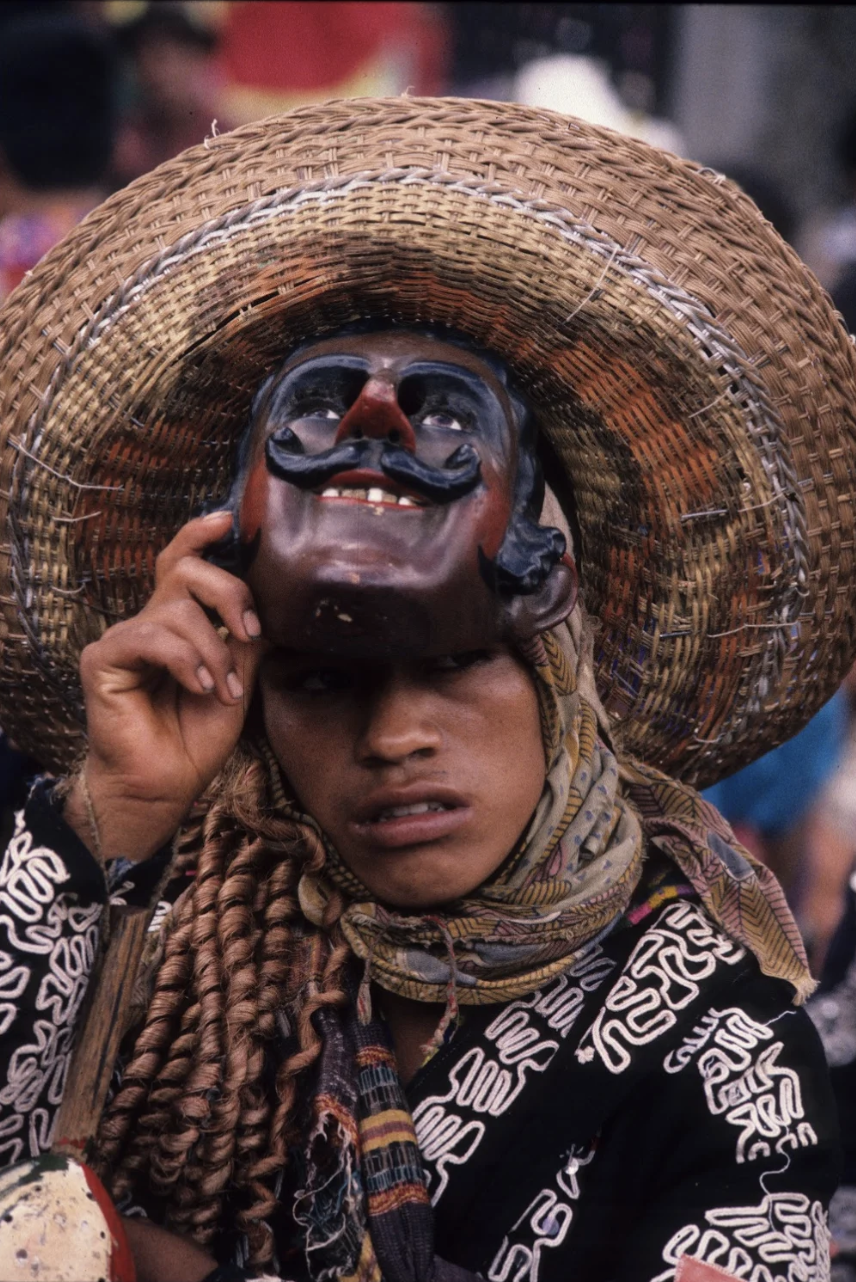
April 7th marked the opening of Fowler museums new exhibition ‘Guatemalan Masks: Selection from the Jim and Jeanne Pieper Collection’. The exhibition, curated by Patrick Polk, displays carved wooden masks depicting animals, folk personae and historic native and colonial figures. To this day, masks are utilized as parts of elaborate costumes in the dance-dramas during cultural festivals. These dramas often reenact scenes from Mayan, colonial and post colonial nationalist scenes from Guatamela’s past and masks serve to embody culturally or historically significant figures.
The idea of impersonation that leads to the production of the masks can open the doors of the human psyche. Throughout history, people made masks of what they were afraid of , what they respected or who they wanted to become. In, Jungian terms, masks are symbolic of the “persona” of how we want to present to the world while concealing are real self or shadow and play a part in the individuation process to become who we want to be. The Guatemalan masks collection is no exception to this. The gallery features a wide variety of masks from bull faces to esteemed historical figures. Everything awe-inspiring from animals to monsters to colonial man has become a subject for these masks. Motive behind this practice is to keep these figures alive or, more importantly, to impersonate them. To strive for the power these figures possess either in inflicting fear and respect on the people.
One of the most striking qualities of these masks are meticulousness and mastery of depicting emotion on these faces. The wide variety of emotional states become palpable through distorted facial features. Fear is emphasized through empty mouths and enlarged eyes, joy is depicted in saturated colors in skin tone and sadness is often made apparent through closed or non-existing eyes. All the masks possess a predominant human emotion although some of the figures depicted barely look human. The extent of emotional depiction tells us that the masks are a way of bringing human subconscious into the world. Most characters or animals depicted are mythicized, proving them once again to be a reflection of human psyche and creativity.



